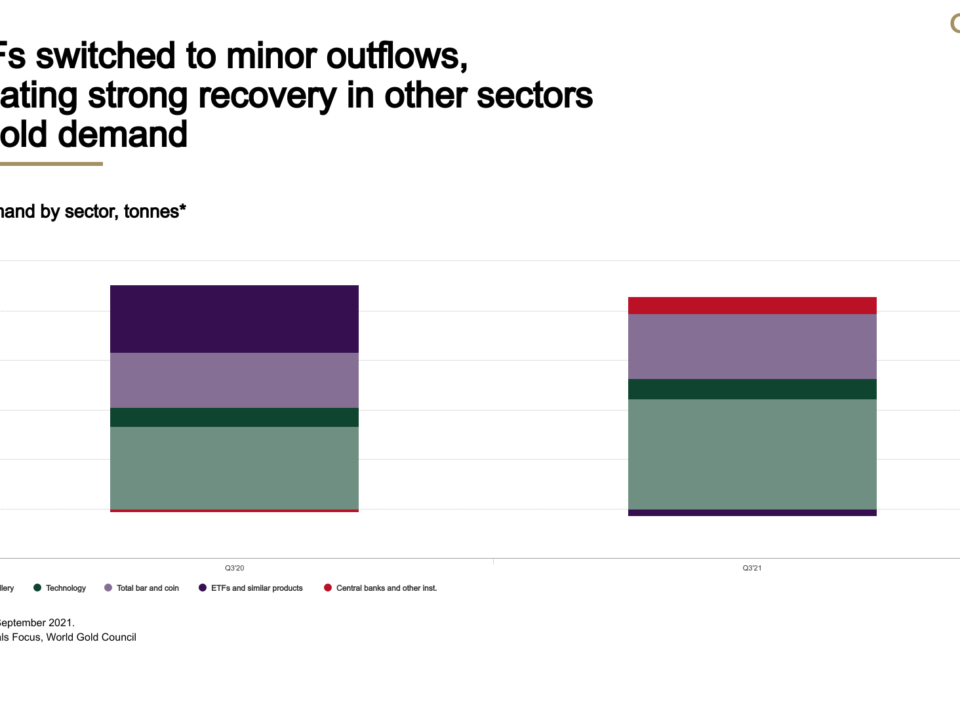
Royal Ghana Gold Refinery to be Commissioned in August 2022
August 12, 2022Ghana orders miners to sell 20% of refined gold to central bank
February 2, 2023There is more evidence of how European central banks are equalizing their monetary gold reserves proportionally to Gross Domestic Product (GDP). Secret agreements make countries sell or buy gold to balance gold reserves within Europe, and relative to large economies abroad. Evenly distributed gold reserves are a requirement for a stable transition towards a gold standard whereby concurrently the debt overhang can be extinguished. Europe has been preparing for this reset.
Recap of Part 1
After Nixon unilaterally suspended the last vestige of the gold standard in 1971, Europe was not amused. Led by France, which wanted to return to a gold standard, the Europeans began countering dollar dominance and slowly prepare a new arrangement. In 1973 the European Economic Community (ECC) publicly stated in the New York Times: “[Europe] will promote agreement on international monetary reform to achieve an equitable and durable system taking into account the interests of the developing countries.” Clearly, Europe didn’t envisage a dollar standard for the long haul, as it isn’t equitable nor durable.
Since the 1960s Europe was holding most of the world’s monetary gold. In the 1990s several Western European central banks started selling gold to equalize their gold reserves among each other and large economies outside Europe. From 1999 until 2008 they did so officially through a “concerted programme of sales” dubbed the Central Bank Gold Agreements (CBGA).
After 2008, European central banks began radically changing their communication about gold. The Bank of Italy states on its website that “gold is an excellent hedge against adversity,” and “unlike foreign currencies, gold cannot depreciate or be devalued.” The Dutch central bank stated, “Gold is the perfect piggy bank,” and, “if the system collapses, the gold stock can serve as a basis to build it up again.”
The fact that several European central banks (The Netherlands, Austria, France, Germany, Hungary, Poland) repatriated gold in recent years signals they carefully evaluate cost efficiency, security, and liquidity of their monetary precious metal.
Upgrading all gold reserves to current wholesale industry standards—in example done by France, Sweden, and Germany after 2008—is another indicator of European central banks preparing for a gold standard. Any bars that don’t adhere to the LBMA Good Delivery standard aren’t liquid in international markets.
Comments by ex-high ranking officials may be connected to a gold overhaul of the international monetary system. Jean-Claude Trichet, former President of the European Central Bank, stated in 2014: “The global economy and global finance is at a turning point, … new rules have been discussed not only inside the advanced economies, but with all emerging economies, including the most important emerging economies, namely, China.”
Why Equalize Gold Reserves?
Gold reserves evenly spread across nations, proportionally to their GDP, allows a smooth transition towards a global gold standard. In 1971, Europe was holding the largest share of the world’s gold reserves. What is now the eurozone was then holding 45% of all monetary gold, while contributing for 24% to world GDP. Switching to a global gold standard with such imbalances would have pushed the world into steep deflation. To illustrate, countries that owned zero or too little gold relative to GDP, as many developing nations did at the time, would have to buy in to participate. Resulting in upward pressure on gold, which is deflationary when gold is the unit of account.
There were also other reasons for Europe not to switch to a gold standard at the time. The United States opposed going back to gold and it was defending Europe against the Soviets. Germany was threatened to be left to its own devices if it didn’t play along with the dollar standard. Europe decided to further unite, create an alternative to the dollar (the euro), and facilitate monetary gold to be spread more evenly globally.
European central bankers must have realized the inevitability of a debt spiral when the world went from a gold to a paper standard in 1971. Their preferred “equitable and durable” monetary reset would be international, depriving the U.S. of its exorbitant privilege, and extinguish the debt overhang created over time. One way of cancelling debt while still complying to the rules of economic scarcity is for central banks to buy up all excessive debt in the economy and then revalue gold. Unrealized gains on the liability side of central banks’ balance sheets, a produce of revaluing their gold, can then be used to cancel assets (bonds) on the asset side. These unrealized gains are recorded in a revaluation account, which can be seen as capital. Read this article for a more detailed description of revaluing gold to cancel debt.
Noteworthy is that European central banks were the first to value the gold on their balance sheets “mark-to-market” beginning in the late 1970s. The U.S. pressed for continuation of valuing monetary gold at its statutory price set under Bretton Woods, effectively trying to demonetize gold to protect the dollar hegemony. Until this day the U.S. records its gold reserves at a statutory price of $42.22 dollars per troy ounce.
When I asked the German central bank in 2021 if they considered revaluing gold to cancel debt, they replied: “we prefer not to speculate about any decisions … that might or might not be taken in the future.” So, instead of not responding or just say no, they communicated they don’t rule out this possibility.
Needless to say, if gold is evenly spread internationally all countries benefit to the same degree from the revaluation. Essentially, this is about the “international monetary reform to achieve an equitable and durable system taking into account the interests of the developing countries.”
Source: https://thegoldobserver.substack.com/p/europe-has-been-preparing-a-global?utm_source=profile&utm_medium=reader2


